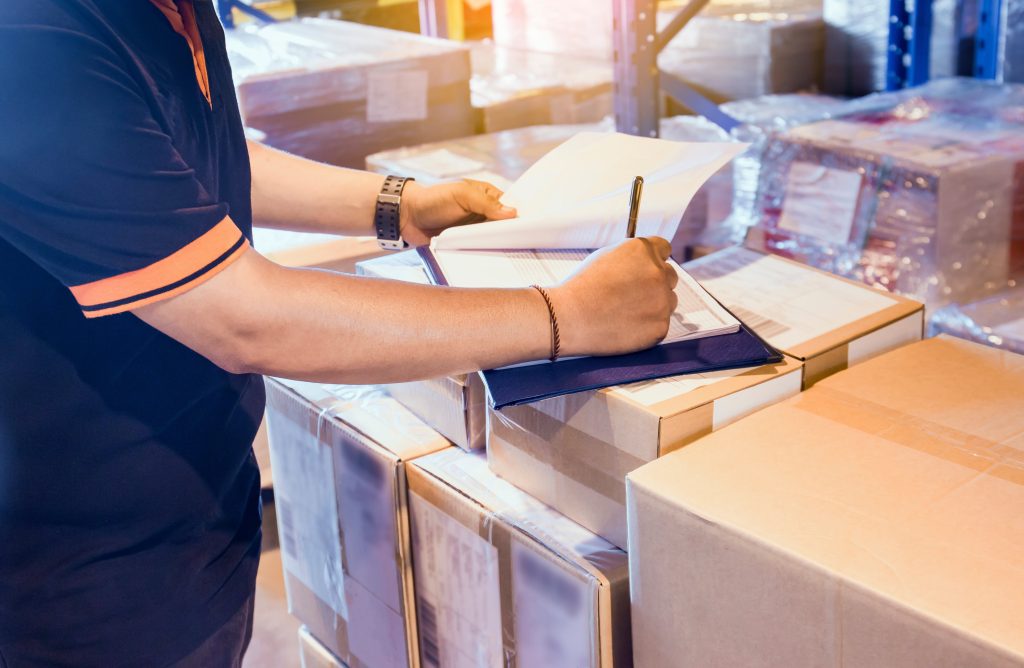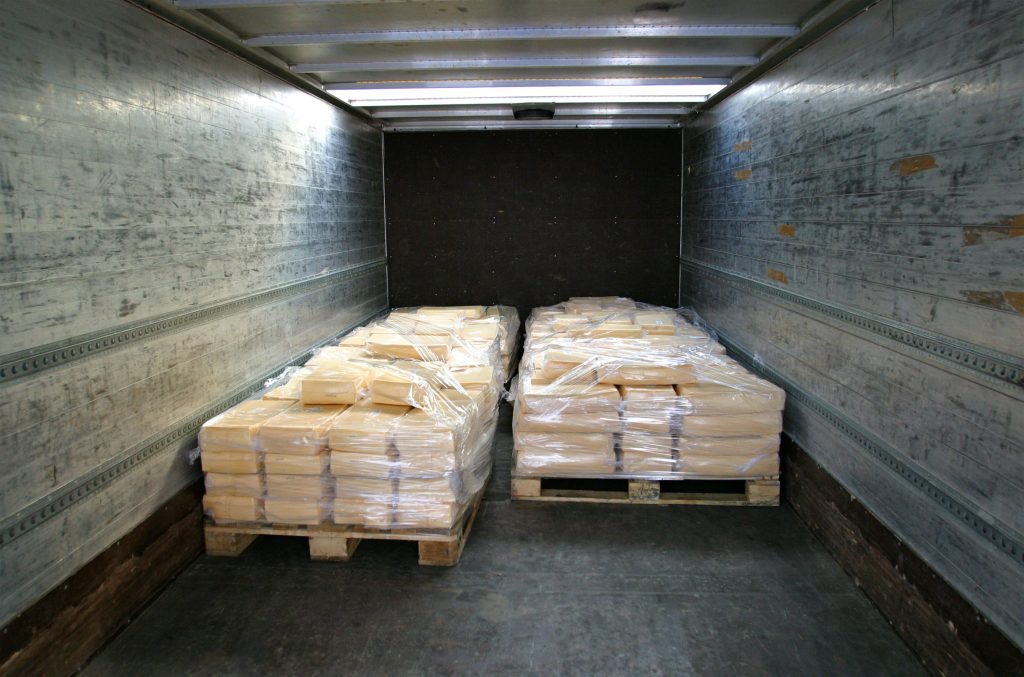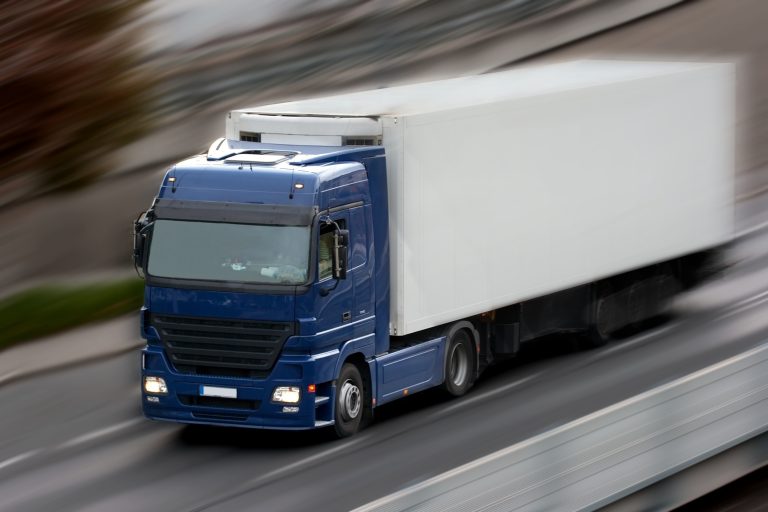July 16, 2023
While many logistics conversations center on high-level topics like continuous improvement, it is impossible to leverage this methodology without a strong understanding of the core elements of logistics. In order for any continuous improvement strategy to be effective it must achieve harmony between these essential logistics elements.
The five key elements of logistics that you must include in your continuous improvement strategy include the following:
In general, and regardless of which industries you serve, the market can be a volatile and unpredictable space. Unexpected changes to market conditions can create a variance between supply and demand.
If you want to put yourself in a position to respond effectively to these shifts, you must engage in comprehensive planning – a process that must address materials handling, warehousing, and goods storage.
Even if you feel as though you have developed a great plan for managing these elements of logistics, you should still leverage the concept of continuous improvement. By doing so, you can protect the supply chain and ensure that consumers have access to your goods and products.
As part of your planning process, you should implement built-in pivot options. Should you encounter an unexpected issue, such as a materials shortage, you can redirect to another supplier to keep the supply chain intact. Though it might not be possible to plan for every potential disruption, you will be able to address the issues that are most likely to arise.

Once you have developed a customer’s perfect package, you can unitize your products to streamline their transportation and storage. Unitization is the process of bundling cargo together into a larger unit, preferably one that is cube-shaped.
Proper package handling and storage practices are critical to the health of the supply chain. If you fail to address this element of logistics in your continuous improvement strategy, packages may be damaged in transit. In turn, this will lead to a decline in customer satisfaction and a decrease in demand.
Finding the ideal packaging for a product requires research. You should analyze goods to determine which storage techniques will most effectively preserve the quality of your products without driving up costs too much. You must also package products in a manner that represents your brand in a positive light, and that will enhance the customer purchasing experience.

Inventory control is the process of managing the flow of products and goods between warehouses. Inventory control processes guide several key decisions, including where to store excess goods, how much stock to hold, and other factors.
As part of your inventory control processes, you must use analytics data to predict consumer demand and adjust stock levels accordingly. The data will enable you to streamline the fulfillment process and avoid stockouts.
While inventory management processes are by no means flawless, you can optimize yours by adopting new technologies and striving for continuous improvement.

Transportation is where the rubber meets the road, and it is by far one of the most costly and complex elements of logistics to manage. To mitigate costs, you must adopt modern transportation management strategies.
While there are several ways to tackle your transportation challenges, adopting a modern transportation management system (TMS) is one of the most pragmatic options. Such a platform provides a unified interface through which you can access and manage all of your transportation data, including deliveries, trucks, and cargo.
TMS technology will also enable you to meet the needs of modern consumers by expediting delivery timetables.
Instituting data-driven control processes allows you to merge the other four aforementioned elements of logistics. To achieve this, you need a suite of logistics management technologies.
Cumulatively, these technologies will facilitate the flow of information to a centralized database so that you can make informed logistics management decisions based on real-time data.
If your organization is ready to elevate the way it approaches the key elements of logistics, R2 Logistics can help. We combine world-class TMS technologies with industry expertise to empower you to reach your continuous improvement goals. Connect with us today to schedule a consultation or obtain a quote.
Input your search keywords and press Enter.
Along with our other available capabilities, R2 also offers your business intermodal services. If you would like to utilize this service or explore its options, our experienced staff can assist you in taking advantage of its possibilities. Let us help you find the most efficient and manageable cost for your shipment.
Intermodal Freight Benefits
– R2 associates are on hand 24/7 to assist in any matter
– We can accommodate cost effective solutions for any number of loads you may have
– Watch your shipment move from Point A to Point B online
– Multimodal transition is done seamlessly as your needs alter
– A contracted capacity with the ability to move your freight in the U.S., Canada, and Mexico
As supply chain complexity is in constant evolution, ingenuity is vital for gaining a competitive edge. Our expert associates provide the ability to appraise your logistics network to expand and apply more cost effective and service oriented solutions. Do you have just one requirement or several? The R2 team is only a phone call away to help position your company above the competition
R2’s Managed Transportation Program Includes:
– Collaboration – your business is our business. We will aid in the arrangement of meeting your supply chain demands with corporate guidelines
– Evaluation of your distribution system and design of the most cost effective network
– Providing transportation direction to bring control to your shipping budget and improving response time
With R2 Logistics’ excess of contracted carriers, the options are endless to find the right solution to move your freight. We also understand that getting it moved isn’t your only concern. That’s why it’s our first priority to choose the right option for you.
After the selection has been made we begin the process of following the freight from start to finish. At least 5 check calls are made for each shipment to ensure its security, and if you ever have a question, we’ll have an answer.
Truckload Freight Benefits
– We’re committed to you and your business – we’re available 24/7
– We set you up with your ONE and ONLY account representative
– We are not bound by U.S. borders – we make it easy for you to move shipments to and from Mexico and Canada
– Follow your shipments quickly and easily online
– Countless options – whether it’s for one load or for your entire supply chain, R2 has the solution you’re seeking
Knowing when to use Less Than Truckload shipments increases productivity, reduces freight spend, and streamlines freight shipping. LTL is ideal when freight doesn’t require the use of an entire trailer and weighs between 150 and 15,000 pounds.
Our relationships with the nation’s leading LTL carriers, allows R2 to pass our rates to our customers. Beyond our competitive rates, we have simplified the LTL shipping process with our innovative and game-changing Transportation Management System.
Using our TMS, shippers can realize the rewards from the moment they log on. With R2’s cloud-based TMS, shippers have access to real-time pricing, capacity across multiple carriers, and actionable reporting analysis.
LTL Freight Benefits with R29
– Analyze your logistics network and improve its current state
– Competitive rates pre-negotiated with our network of LTL carriers
– Ability to instantly quote, book, track and manage all shipments with R2 TMS
– A dedicated LTL freight expert to help with any of your freight questions
– Consolidated invoicing for all your shipments
– Unparalleled reporting capabilities making performance and cost analysis simpler than ever
We can understand that there’s never enough time in the day. If you have a shipment that should have been moved 24 hours ago we have the means of getting it there now. We have a multitude of contracted expedited and air freight carriers who can move your freight for you in a safe and reliable fashion. Let us do the work for you. We will track the shipment and let you know when it has arrived at its destination.
Expedited and Air Freight Benefits
– Dedicated dispatch and freight management from all R2 associates
– Extra precaution and 24/7 supervision for sensitive shipments
– ONE point of contact to answer any and every need you may have
– Customized options allowing you to utilize the best combination of service and value
– Accessibility to a surplus of different vehicle or trailer types as well as single and team driver
With a wide range of Ocean Freight services covering multiple equipment types and consolidation services, we ensure your cargo reaches its destination in the most cost-efficient manner. Our long-term relationships with ocean carriers allows R2 Logistics to provide both Less-Than-Container Load (LCL) and Full-Container Load (FCL) shipments. Our in-house team of international freight specialists manage your freight and also offer customs clearance and tariff classification.
R2’s Ocean Shipping Benefits
– Competitive rates pre-negotiated with our network of ocean carriers
– Use FCL shipping for valuable cargo that you wouldn’t want with another person’s shipment. FCL is also a good option if you need to ship loads of 12+ pallets
– LCL shipping means you share container space with other cargo. This can be a more cost-effective option for shipping smaller loads overseas.
– The ease of working with one company for all your logistics needs—including ocean, air, customs brokerage, trade compliance, and surface transportation
Simply put, Reverse Logistics is the return of products to a manufacturer or distributor from their customer. A well-organized Reverse Logistics program will result in direct benefits such as improved customer satisfaction and reductions in warehousing and distribution costs. Studies show 8-9% of all customer shipments are returned and 25-30% of e-retail shipments are as well. Managing Reverse Logistics costs are critical to running an efficient Supply Chain.
RA Numbers & Accounting
RA numbers are captured in the R2 TMS and linked with BOL numbers and Carrier PRO numbers resolving accounting issues due to missing RA numbers.
Damage & Recouping
Strong relationships with R2’s network of LTL carriers ensures shipments are handled with care.
Cost
The R2 TMS will select the most effective carrier for both transit time and cost. Customers are no longer held “hostage” with only one carrier choice.
When you’re hauling a shipment that’s oversized and overweight, attention to detail is crucial. The attention needed is exactly what you will receive with R2. With our vast network of nationwide carriers we can solve the problems you may face with your specialized shipment. Safety always plays a major role in any shipment moved under our watchful eyes. This makes us the easy choice for your next shipment requiring special handling.
Flatbed & Specialized Freight Benefits
– 24/7 dispatch supervision from start to finish
– Guaranteed certified and insured carriers used for every load
– ONE account executive available for any assistance needed
– Online tracking and document retrieval capability
– Shipping solutions designed to meet your unique needs